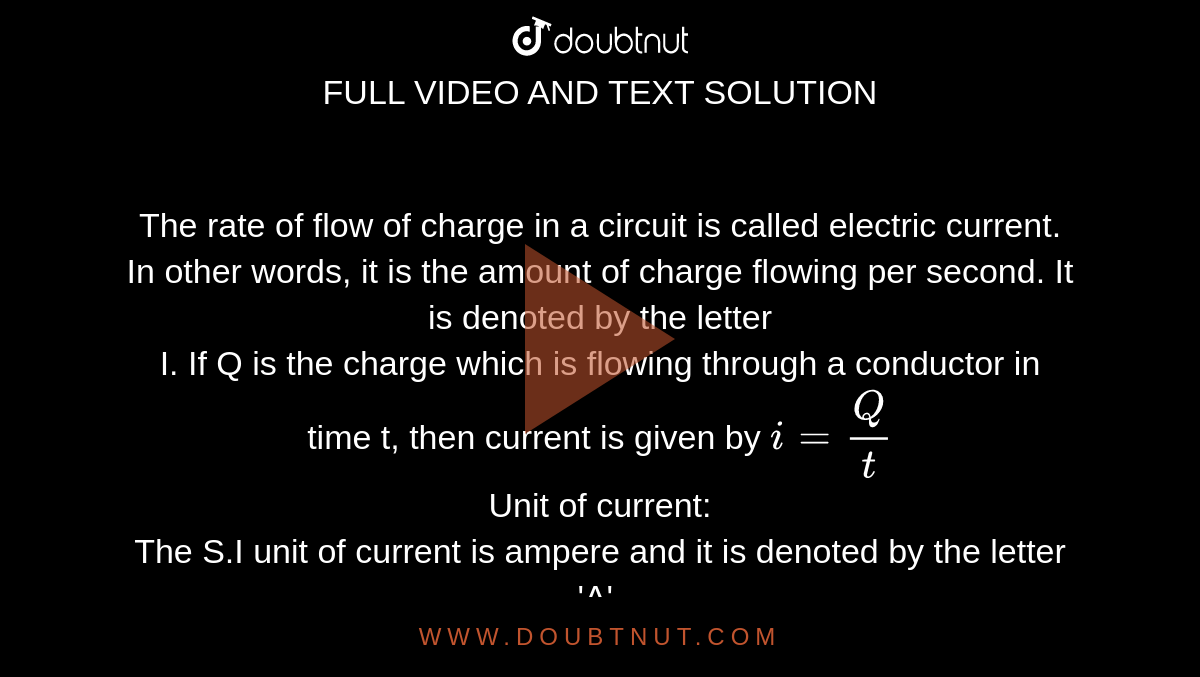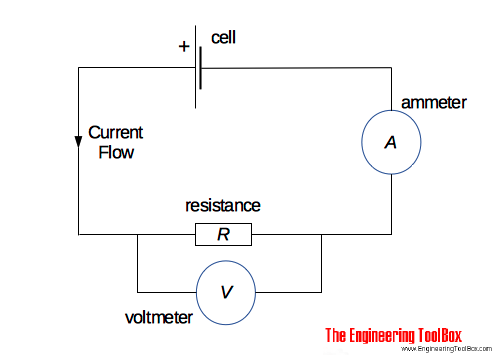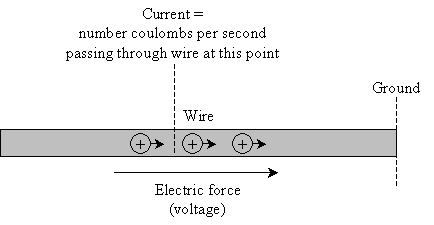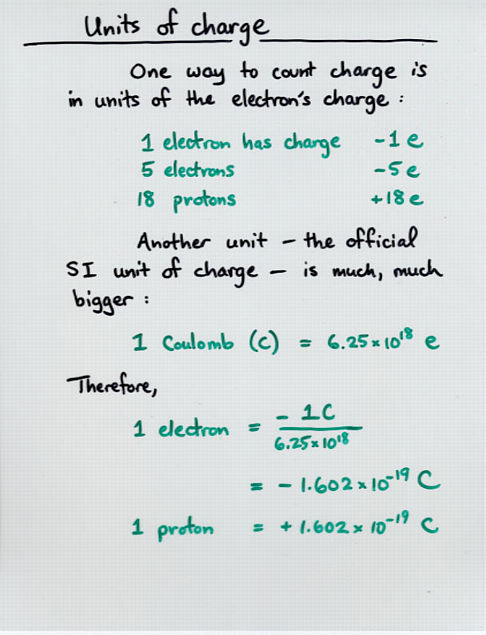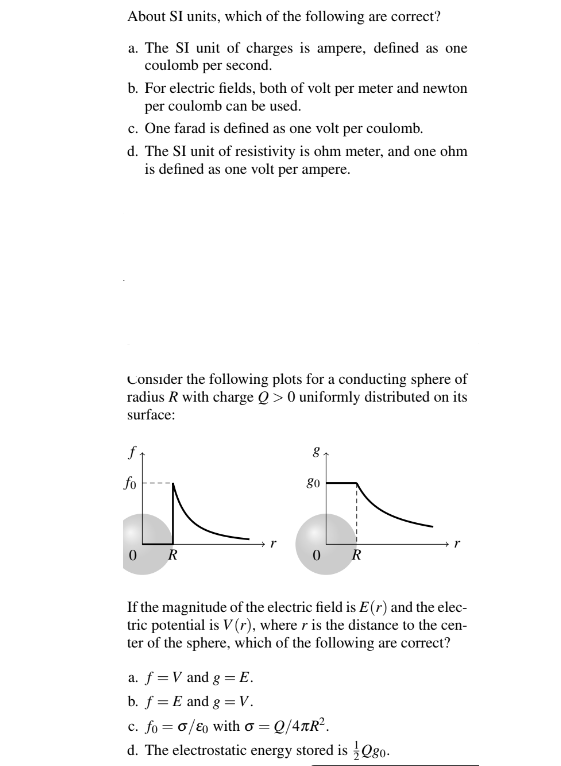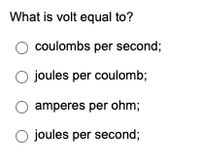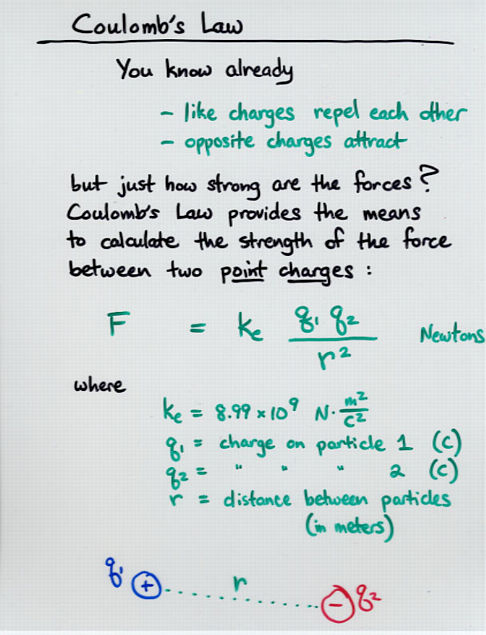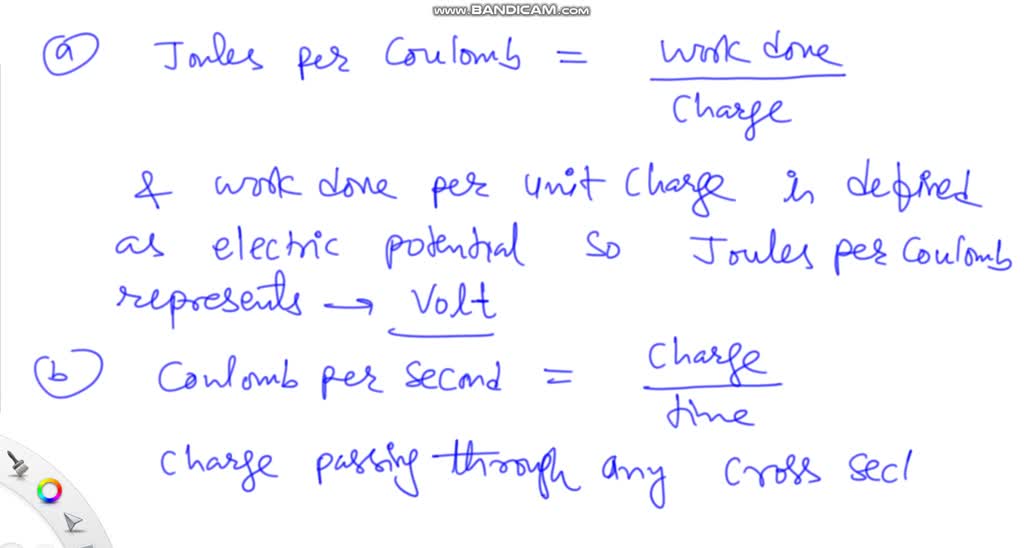
The rate of flow of charge in a circuit is called electric current. In other words, it is the amount of charge flowing per second. It is denoted by the letter I.

Electric Current. The rate of flow of electric charges Unit of measure is coulombs per second, or amperes I – rate of flow (current) (amps) q – charge. - ppt download
If the charge on an electron is 1.6 x 10^19 coulombs, how many electrons should pass through a conductor in 1 second to constitute 1 ampere current ? - Sarthaks eConnect | Largest Online Education Community

Charge AND Current - CHARGE AND CURRENT: I=ΔQ/Δt where I iscurrent, Q ischargeand t istime. Current: - StuDocu

Amps, Volts and Resistance (Ohm's Law). Coulomb Recall that one Coulomb has 6.25 X electrons. If the current coming out of the outlet on the. - ppt download

